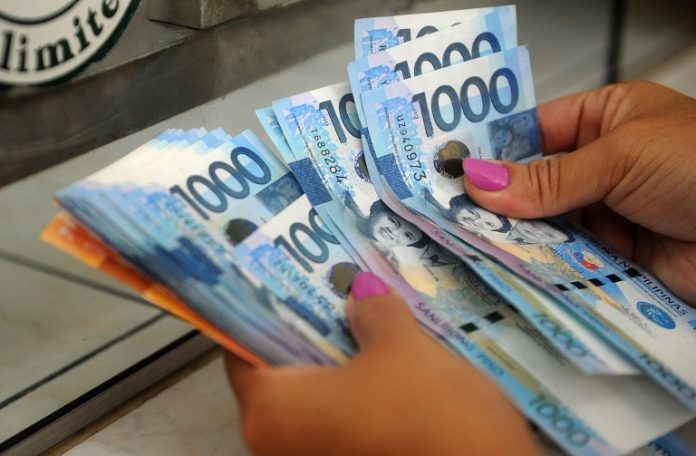
MANILA – Philippine central bank governor Benjamin Diokno survived a rocky market introduction, but is in for some more tough times as analysts bet on a weaker peso amid rising headwinds for emerging markets.
After a surprise appointment almost three months ago, Diokno’s pro-growth stance and perceived comfort with a weaker peso when he was the budget secretary prompted the currency to fall the most in nine months in March. He’s since moved to restore stability, pledging to uphold the central bank’s independence and maintain a data-driven approach to monetary policy.
“The BSP governor has been transparent in his policy agenda, making sure to broadcast his intentions, which is reassuring as there are no surprises,” said Coco Martin, treasurer at BDO Unibank Inc. in Manila. “He is open to a dialogue with the market and this goes a long way in building trust.”
Mindful of market concerns, Diokno didn’t rush to cut interest rates in his first policy meeting on March 21, waiting instead for inflation to be firmly within the target range before easing in May. The move was expected by most economists at the time, a measured approach that helped underpin the currency and bond performances, among the best in emerging markets this quarter.
Tough Environment
The peso isn’t out of the woods yet, with the months ahead likely to remain tough for emerging markets amid an escalating trade war and weaker global growth. MUFG Bank Ltd. and Australia & New Zealand Banking Group Ltd. are forecasting the currency will weaken.
The currency, which was steady at 51.74 per dollar at the end of May, will probably end the year at 53.5, MUFG Bank Ltd. said this week, citing fragile global sentiment and a widening trade deficit. The start of the import season in the Philippines and more easing by the central bank will weigh on the currency, ANZ said in a note.
The peso is up 1.5 pe4rcent this quarter, the biggest advance in emerging markets, while Philippine local-currency bonds handed investors almost 4 percent in the same period. Financial markets were closed on Wednesday for a holiday.
Philippine stocks were also among the best performers this quarter in Asia, rising 0.5% compared with declines in South Korea and Indonesia.
Diokno said there is growing confidence that the Philippines is potentially one of the most resilient in the face of the ongoing trade conflicts between the U.S. and China. “The value of the peso is market determined by the interplay of supply and demand for the peso,” he also said in a mobile-phone message.
Investors have taken comfort from the fact that there have been no abrupt changes in the way the central bank manages inflation and regulates lenders, said Paul Raymond Favila, head of markets and securities services at Citigroup Inc. in Manila.
“The market reaction to whatever the BSP is doing or saying has generally been good,” Favila said. “As with any change in regime or leadership, the market was obviously watching the governor very closely.” (Bloomberg)







